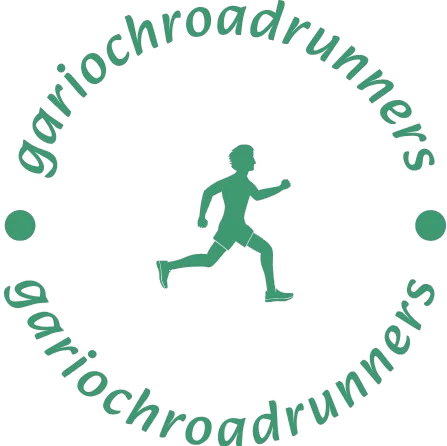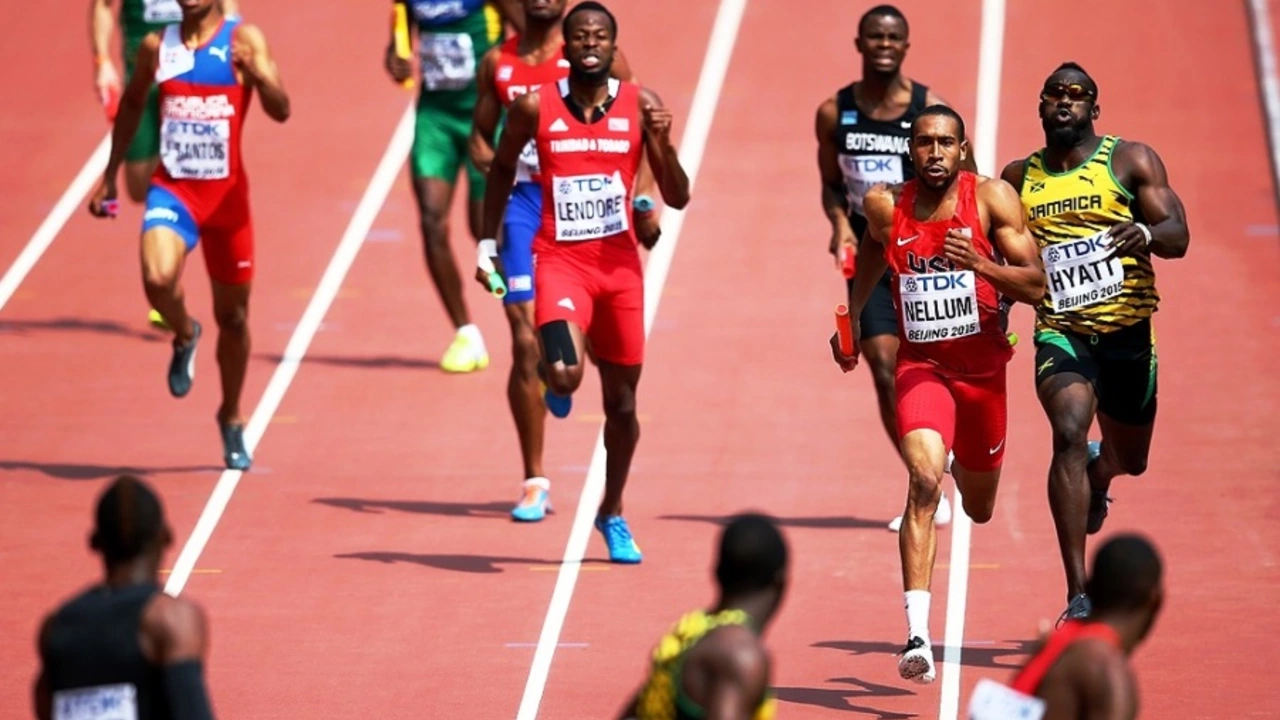Running offers a variety of race types tailored to different skill levels, goals, and interests. Each race presents unique challenges and rewards, making it essential to understand their characteristics before choosing the right one for your journey. Whether you’re aiming for personal achievement or community involvement, there’s a race to suit your ambitions. Let’s explore the most popular types of running races and what sets them apart.

1. Fun Runs
Fun runs are casual, non-competitive events designed for all ages and fitness levels. These races often have a festive atmosphere, with participants running or walking at their own pace. Common themes include charity walks, holiday runs, or novelty events like color runs. They focus more on enjoyment and community spirit than speed, making them ideal for beginners or families.
2. 5K Races
The 5K (5 kilometers or 3.1 miles) is one of the most popular race distances, especially for beginners. It offers a manageable challenge while still requiring training and preparation. Experienced runners use 5Ks to test their speed and endurance, while newcomers often aim to complete the distance. These races are widely available, with events ranging from charity fundraisers to highly competitive meets.
3. 10K Races
A step up from the 5K, the 10K (6.2 miles) appeals to runners looking to build endurance without committing to longer distances. Training for a 10K involves developing both stamina and speed. These races attract a mix of casual participants and seasoned athletes. Many runners see it as a gateway to tackling half-marathons or marathons in the future.
4. Half-Marathons
Covering 13.1 miles (21.1 kilometers), half-marathons are a significant milestone for many runners. They require a more structured training plan compared to shorter distances. These races challenge your endurance and mental strength, offering a sense of accomplishment upon completion. Half-marathons are perfect for runners who want to push their limits without the intense time commitment of a full marathon.
5. Marathons
The marathon is the ultimate endurance race, covering 26.2 miles (42.2 kilometers). Completing a marathon is a major achievement that requires months of disciplined training and preparation. Marathons often attract thousands of participants, from elite runners to recreational athletes. They’re held in iconic locations worldwide, with events like the Boston Marathon and New York City Marathon being highly prestigious.
6. Ultra-Marathons
Ultra-marathons go beyond the standard marathon distance, typically starting at 31 miles (50 kilometers). These races are held on trails, mountains, or challenging terrains, adding an extra layer of difficulty. Completing an ultra-marathon demands exceptional physical and mental stamina, making it a goal for highly experienced and adventurous runners.
7. Relay Races
Relay races involve teams of runners working together to complete a course. Each member runs a specific leg before passing a baton to the next participant. These races can vary in distance and format, from track events to long-distance relays spanning hundreds of miles. They emphasize teamwork and camaraderie, offering a different dynamic than individual races.
8. Trail Races
Trail races take participants off-road, offering scenic routes through forests, mountains, or deserts. These races come in various distances, ranging from short sprints to ultra-marathons. Trail running challenges your agility and strength, as uneven surfaces and elevation changes require different skills compared to road running.
9. Obstacle Course Races
Obstacle course races combine running with physical challenges, such as climbing walls, crawling through mud, or carrying heavy objects. Popular examples include Spartan Races and Tough Mudders. These events test your strength, endurance, and problem-solving abilities, making them ideal for adventurous runners seeking a unique experience.
10. Virtual Races
Virtual races allow participants to run at their own location and time, often recording their distance and time through fitness apps. They became popular during the pandemic and remain a flexible option for those who prefer running solo. Virtual races often include medals or certificates, offering a sense of achievement while accommodating personal schedules.
Conclusion
Understanding the variety of running races helps you select an event that matches your fitness level, goals, and preferences. Whether you’re chasing a personal best or enjoying a themed run, each race type offers a unique opportunity to grow as a runner. Embrace the journey, and you’ll discover the perfect race to challenge and inspire you.











